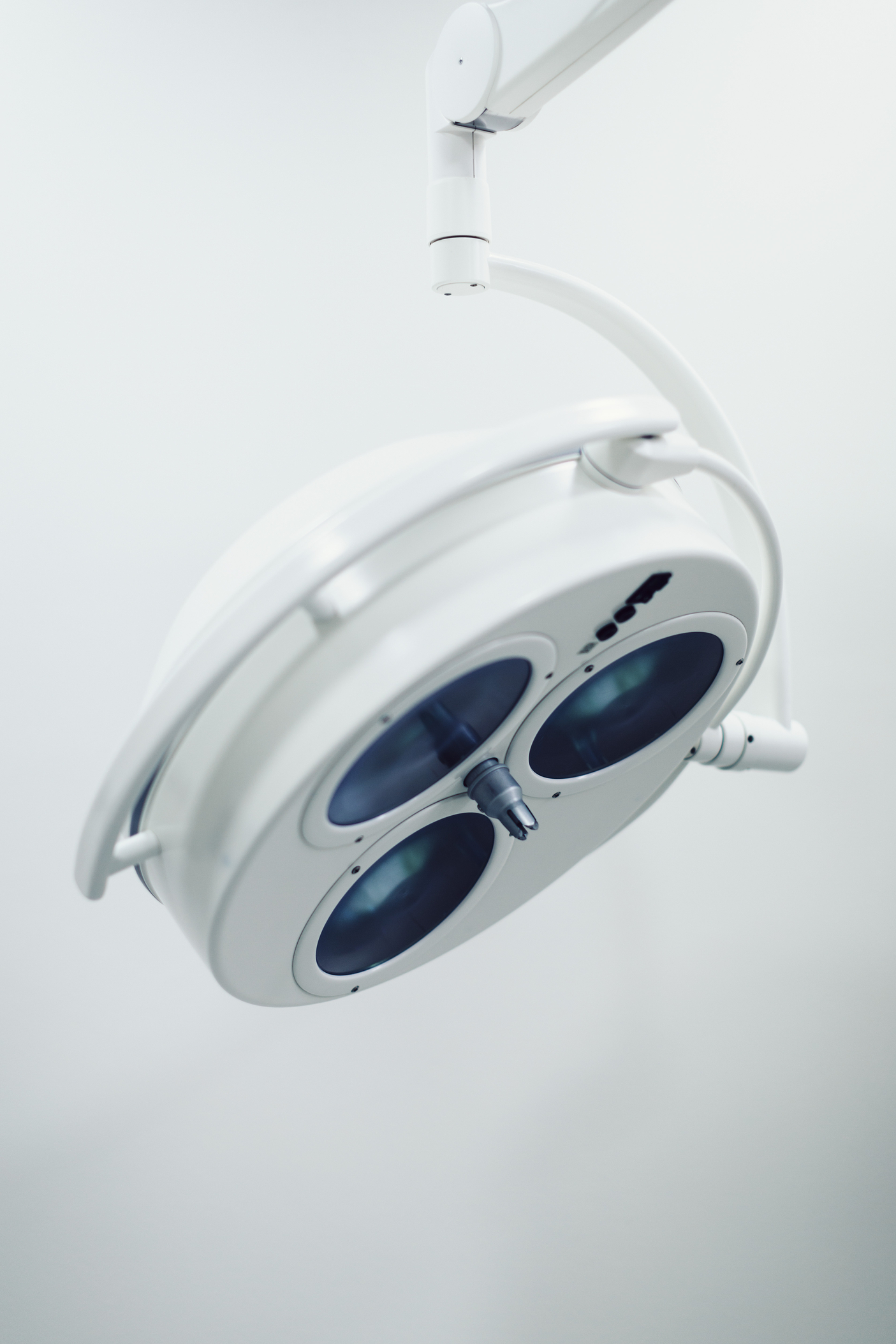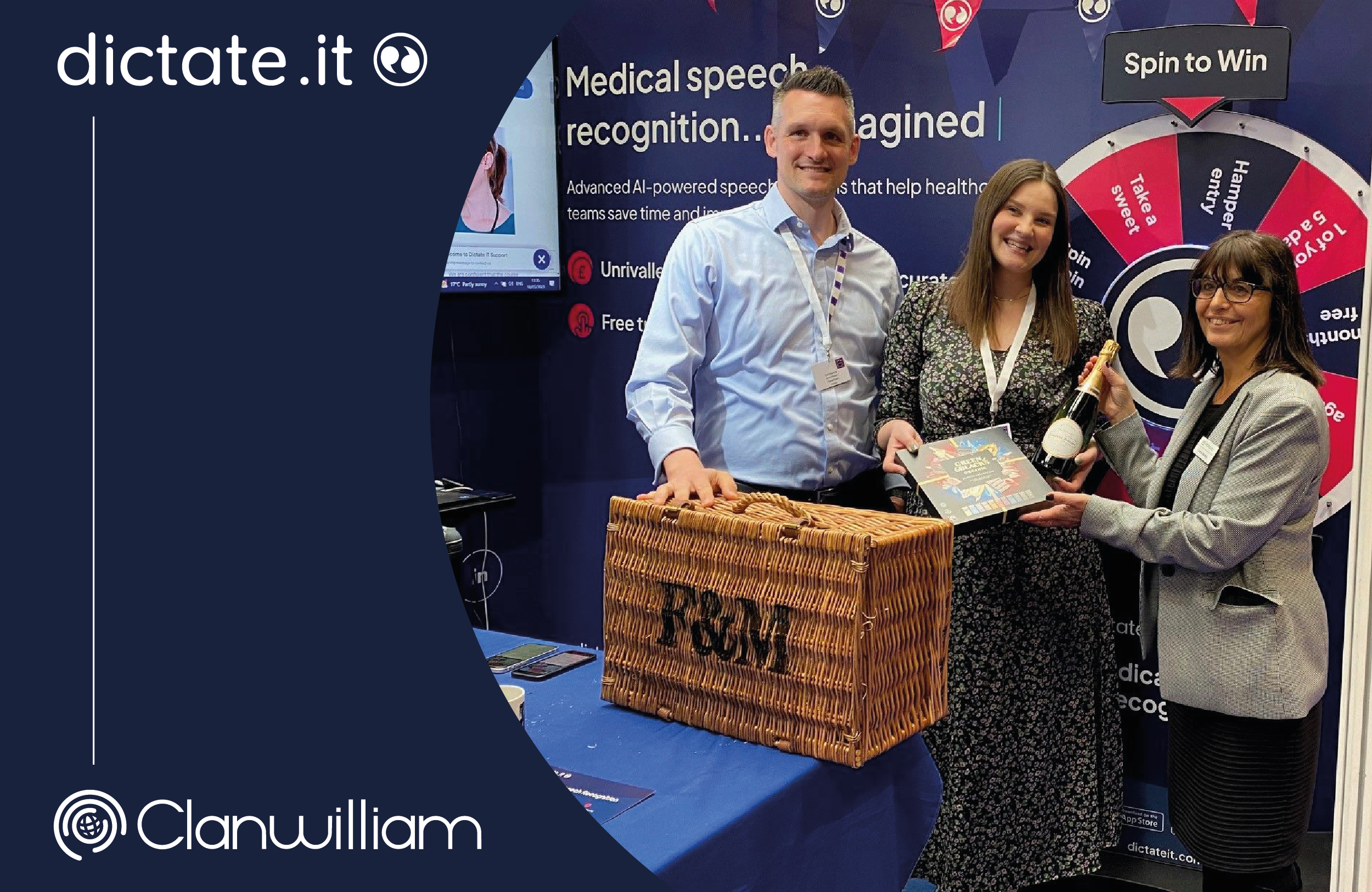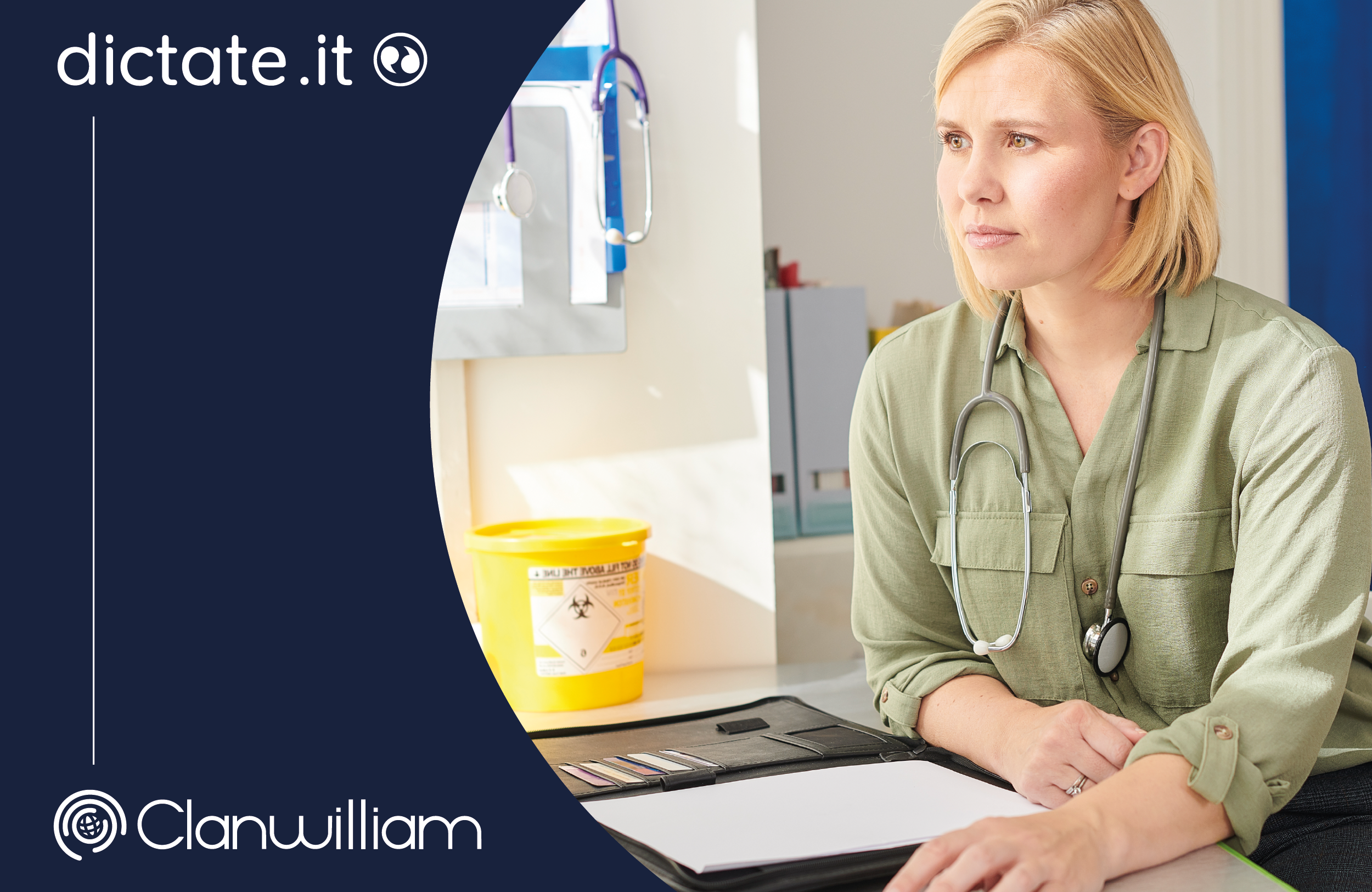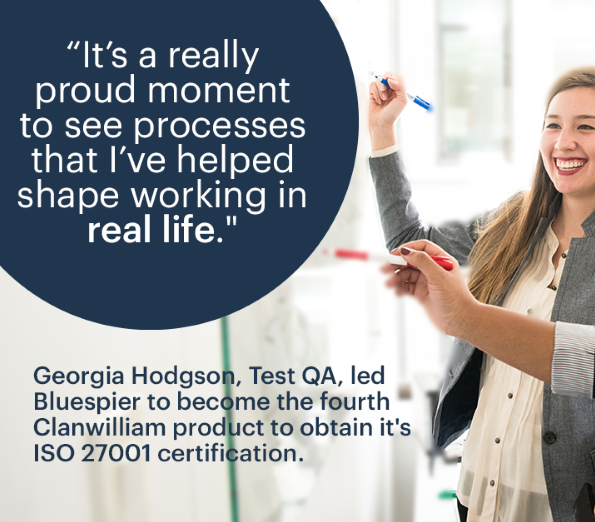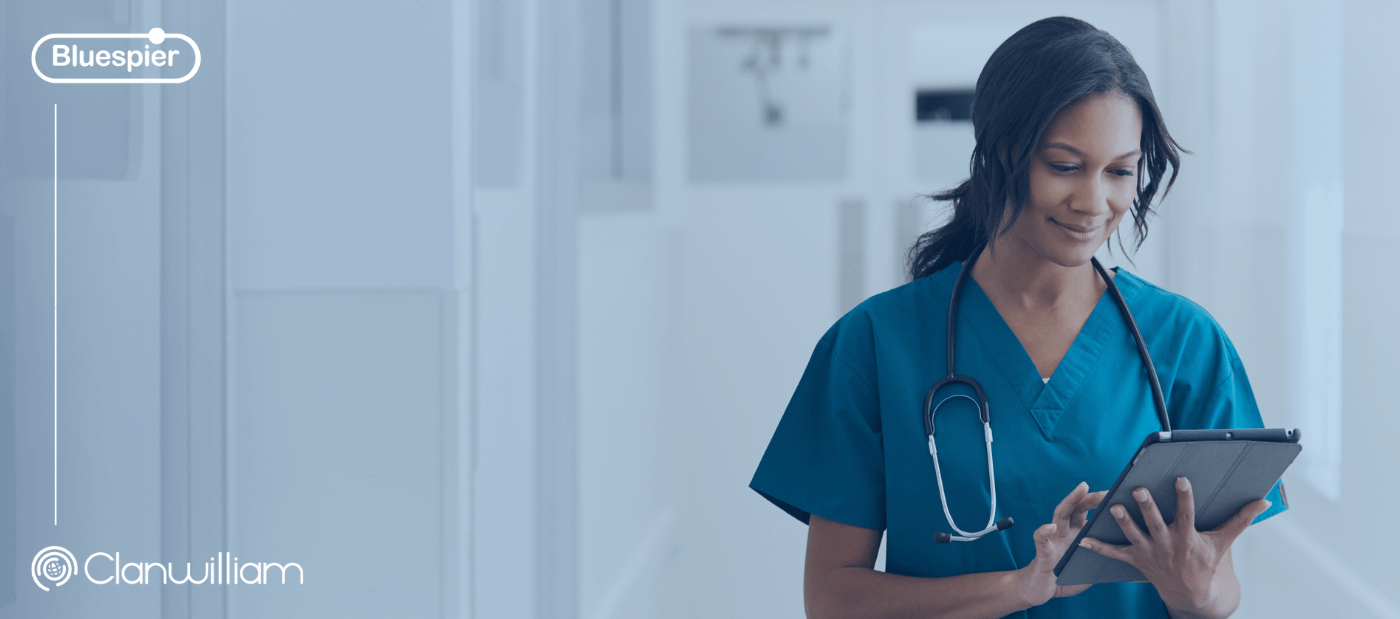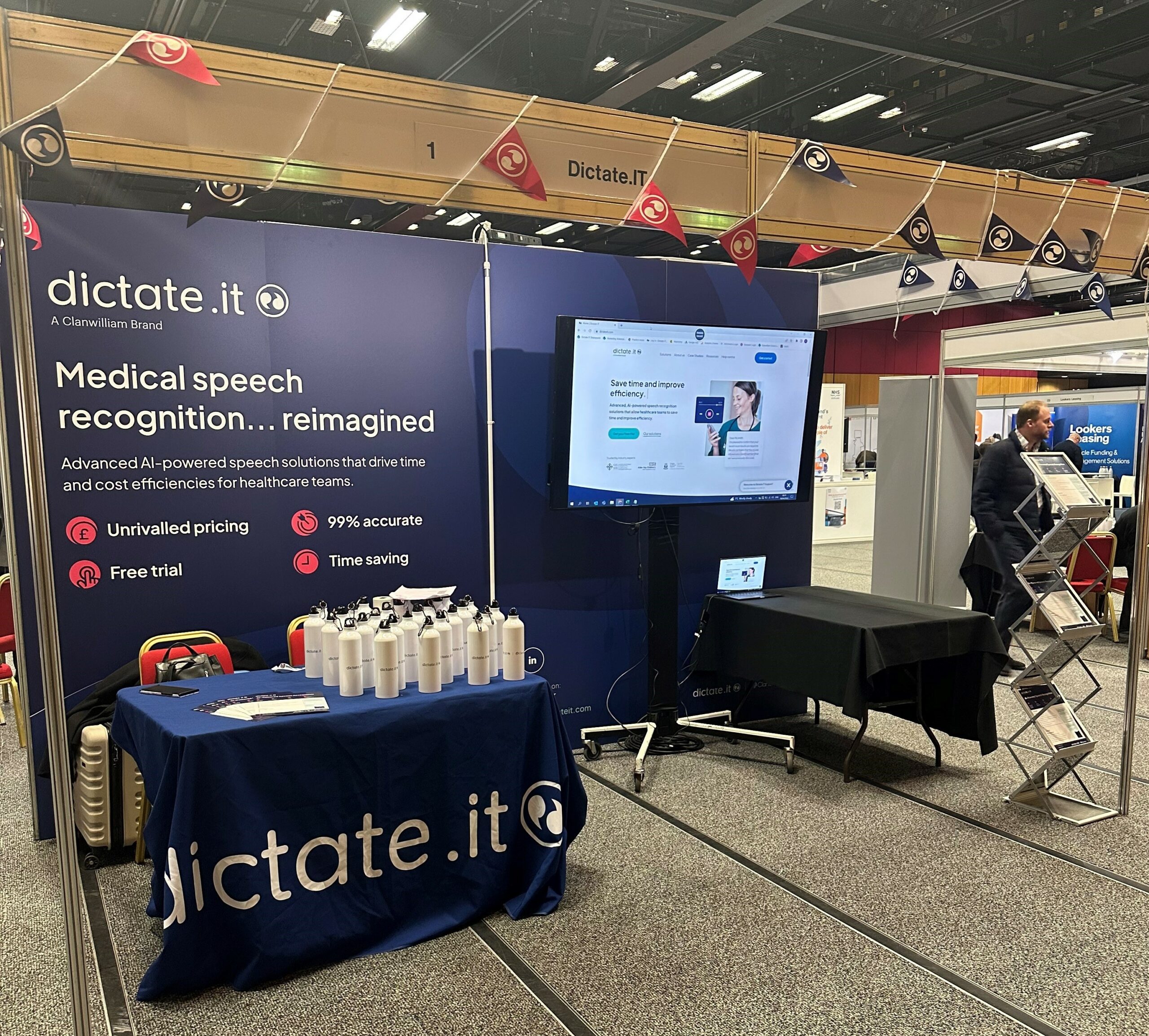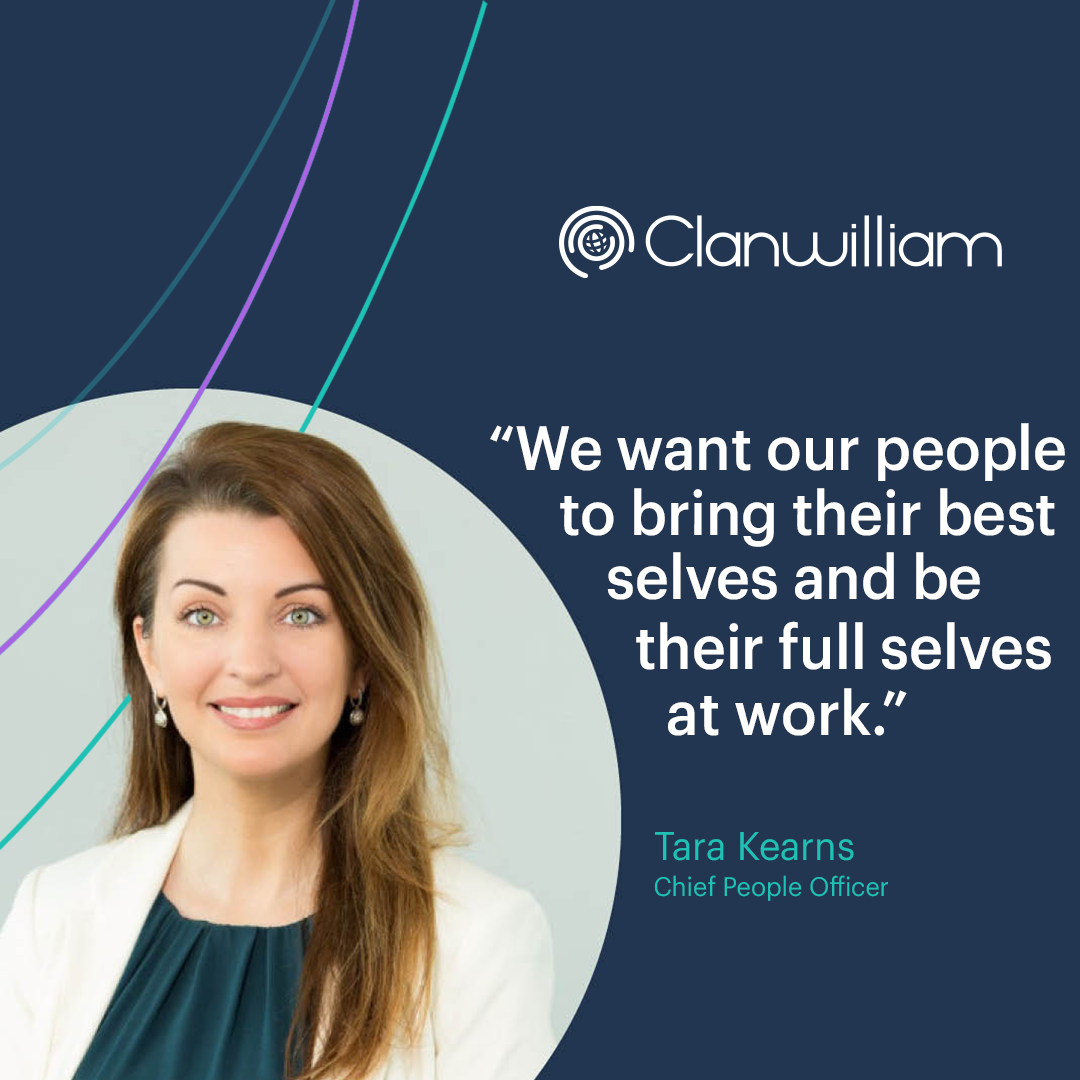National Referral Service to decommission the use of fax referrals:
My Aged Care Paves the Way for Digital Transformation with e-Referrals
The Department of Health and Aged Care has announced a significant milestone in the digital transformation of Australia’s healthcare system. On July 31 2023 the nationwide referral program, My Aged Care, will bid farewell to fax referrals, marking a crucial step towards a more efficient and secure referral process.
e-Referrals, powered by HealthLink SmartForm technology, offer an alternative referral pathway to fax and are integrated into Best Practice, Genie, MedicalDirector, Medtech Evolution, Shexie and Zedmed practice management systems (PMS) and are free of charge for HealthLink customers. Decommissioning the use of the My Aged Care fax number (1800 728 174) will streamline a client’s aged care journey by removing manual processing of client information ensuring it is fast, efficient, and secure. Unlike fax machines, e-Referrals enable pre-population of information in a complete and legible manner, providing confirmation of receipt and expediting the progress of patients through their aged-care journey. e-Referrals significantly reduce errors and the need for My Aged Care Contact Centre staff to clarify information with patients or GPs.
Other referral pathways exist for those who don’t have a compatible PMS. Patients can be referred to My Aged Care for an assessment via the phone, the “Make a Referral Form” on the My Aged Care website or the MyHealthLink Portal, a web-based solution for sending My Aged Care referrals free of charge.
Director of the My Aged Care Online Services and Information Section, Kylie Sauer, encourages health professionals to embrace e-Referrals to save time and provide the best service to their patients. Sauer says, “e-Referrals have improved healthcare workers’ experience by offering better integration into their existing workflow, taking away the need to exit their PMS to send a referral.”
General practices throughout Australia are increasingly adopting SmartForm technology and are leaving fax machines behind.
HealthLink’s unique business model and extensive network, eliminates commercial, privacy, security, or technological barriers associated with the usage and adoption of integrated SmartForm programs. Several organisations in Australia have already mandated the use of HealthLink’s SmartForm technology and Secure Messaging service as the only means of communicating patient information within the health system.
Feedback from healthcare professionals using My Aged Care e-Referrals has been overwhelmingly positive. Dr Eric Davey, a GP from New South Wales, saves approximately 10-15 minutes per referral using e-Referrals. He expressed his satisfaction, saying, “I can ensure the information I feel is important is included, and I’m confident the information is going directly to My Aged Care. The e-Referrals are also confidential and easily amended.”
Emma Zanker, a practice nurse coordinator in South Australia, regularly uses e-Referrals to refer patients for a My Aged Care assessment. She recommends other practices adopt My Aged Care e-Referrals due to their ease of use and the substantial time savings of approximately 20 minutes per referral compared to previous methods.
HealthLink are continuing its SmartForms modernisation journey with plans to approach Cloud-based Practice Software vendors later this year. This ongoing effort will ensure that the benefits of e-Referrals are accessible to an even wider range of healthcare providers, further streamlining the referral process and enhancing patient care.
The national shift towards e-Referrals marks a significant advancement in the Australian healthcare system. By embracing this approach, referrers can enhance efficiency, security, and the overall patient experience. The phased elimination of fax referrals demonstrates the commitment of the Department of Health and Aged Care to leverage technology for the betterment of healthcare services across the country.

